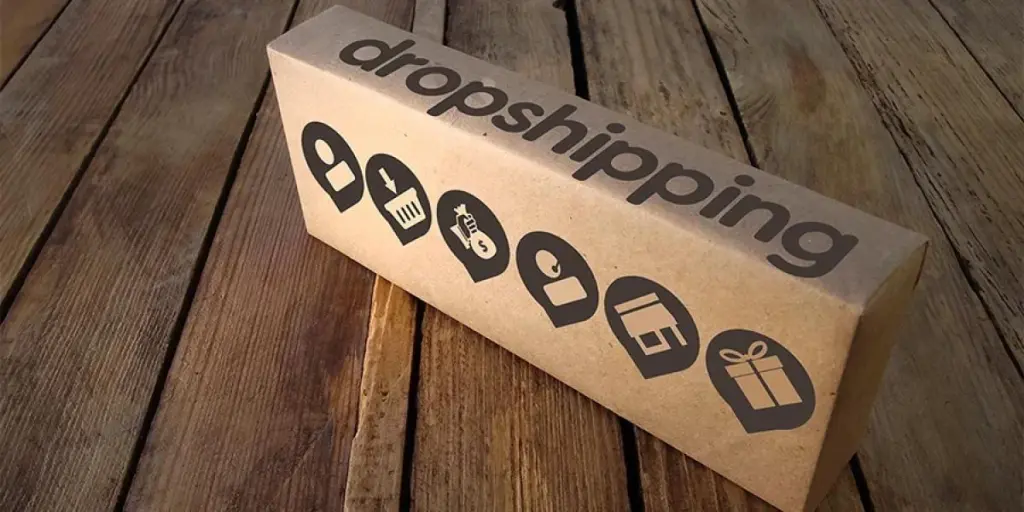Budgeting is a critical business practice for small online businesses. As they typically have tight finances and low liquidity, keeping a firm eye on income and expenses can be key to survival for these companies.
But budgeting can be complicated, especially for small companies new to the practice. Besides, drawing up a business budget is only half the work — they must still learn how to stay on track with their budget and maintain tidy finances.
This guide discusses what small online businesses should know about budgeting, including its meaning, why it’s important, and how to make effective budgets.
Table of Contents
What is small business budgeting?
Why small companies should budget
How to budget for a small business
Tips for staying on track with a budget
Conclusion
What is small business budgeting?
A business budget is a snapshot of a company’s finances. It highlights a company’s proposed weekly, monthly, or yearly expenses and income and the company’s short or medium-term financial goals.
Because corporate budgeting plays a crucial role in making sound fiscal decisions, it should be a core business priority. However, statistics indicate this is not always the case for small businesses. For example, a 2021 study found that only 54% of small companies have company budgets, meaning almost half of businesses are flying blind financially.
But there are numerous reasons why every startup should have a budget and financial plan, beginning with those outlined below.
Why small companies should budget
Having a business budget plan is key to financial prudence for small companies. As CB Insights reports, one of the foremost reasons startups fail is because they run out of money. But budgeting helps businesses track income and expenses and plan for a healthy financial future.
Additionally, budgeting helps small businesses:
- Achieve business efficiency: A startup budget helps companies predict income and adjust business costs accordingly.
- Manage finances better: With a clear picture of revenue and expenses, it’s easier to allocate spending and eliminate unnecessary outlays.
- Prepare for slow months: A business budget can help identify peak revenue periods so that the company can plan accordingly for slow months.
- Attain business profitability: Budgets help identify what companies must do to turn a profit, whether by cutting costs or increasing revenue, or both.
- Run a tidy business: Lastly, companies that budget can maintain orderly finances, which will be crucial towards making the business attractive to investors.
Having gained more knowledge on why budgeting is essential, let’s turn next to how to budget for a small business.
How to budget for a small business

The core goal of budgeting is to create a predictable financial experience for a business. So, as you begin, you’ll notice that the process largely involves looking backward at past spending and income and then applying that experience to predict the future.
While new businesses may not have a prior financial history, research into typical industry costs can help. Likewise, companies in this position can rely on an example budget for business to get started. That said, here are the critical steps involved in preparing a budget.
1. Identify revenue sources
When creating a small business budget, the first step is identifying how much the business makes and from where. Sales generated from the company’s online store or marketplace storefront are a great place to start for an online business. Next, consider if the business makes money from other sources, such as freelancing, consulting, or physical store sales.
After summing up all income sources, calculate how much the business makes monthly. Ideally, this calculation should cover at least 12 months of revenue or longer if that information is available.
Remember to stick with pure revenue numbers during this calculation. There’s no need to determine profit just yet — we’ll come to that later.
2. Tally fixed costs
Next, determine and round up all of the company’s fixed costs. Fixed costs are those business expenses the company pays on a recurring basis. For example, they might occur daily, weekly, monthly, or yearly. Some fixed costs are rent, utilities, payroll, and insurance.
As an online business, those costs will likely include website hosting expenses or monthly subscription costs for those with storefronts on a marketplace like Chovm.com. But it’s worth noting that fixed costs vary for each business. So, take the time to find those that apply to your business.
After determining fixed costs, add them to get the total figure for monthly fixed expenses.
3. Determine variable costs
Variable expenses will be computed next. These costs are not fixed but fluctuate from month to month, depending on several factors. For instance, they might fluctuate based on the rate of use or seasonal demand.
Examples of variable costs include marketing campaigns, taxes, independent contractors, professional development, etc. Other expenses that don’t necessarily contribute to the growth of the business might fall here, such as business lunches or craft coffee.
Learning what the business spends on variable costs is critical. During lean months, they will provide some of the best opportunities to reduce spending and ensure the company’s survival.
4. Predict one-time outlays
Another category of expenses to be captured within the budget are one-time expenditures. These expenses might only happen once, but you’ll often see them from far off. For example, getting a new laptop or hiring a designer to create a business logo are typical one-off expenses.
It’s worth noting that these costs are often high. So, planning early for them can help take pressure off the business and protect it from sudden, large financial burdens. Likewise, one-time expenditures are easier to save up for this way.
5. Create a contingency fund
Although creating a contingency fund sounds similar to predicting one-off expenditures, there’s a fundamental difference. A contingency fund caters to unexpected expenses, while one-time costs are often predictable and can be anticipated.
Carving out a contingency fund is prudent because normal business operations can throw up unanticipated costs when you least expect them. Dealing with these unpredictable events is stressful enough, but having a ready fund to meet the expense will greatly help.
Examples of contingency expenses include sudden machinery breakdowns, website problems, or an accident that breaks the delivery van.
6. Find your profit margin
After completing the steps outlined above, it’s time to determine profitability. First, add all the monthly or yearly costs — including fixed, variable, and one-time costs. Then, sum up the business’ monthly and annual income as well.
Subtract expenses from income, and you’ll either have a positive number, which is your profit, or a negative number, meaning the business might turn a loss.
If a loss looks likely, don’t lose heart. Not all small businesses are profitable at the start. And for most, it takes some time to turn a profit. But with a business budget that shows where you can cut costs or drive revenue, it’s easier to get on a path towards financial efficiency and profitability.
7. Pull it all together
With all the effort so far, the business now has a great picture of its finances and fiscal outlook. As a result, it also enters into a great position to tweak and adjust each item to achieve the best mix for strong business performance over the period.
While the budget is just a projection of likely income and expenses, it provides a great way to plan for the next months or year. In addition, companies can learn from the income trends they’ve observed with the budget and formulate strategies to achieve more revenue and lessen costs.
Tips for staying on track with a budget

As mentioned above, drawing up a small business budget is only half the work. Companies must still find a way to stay true to their financial plan. While many startups that create a budget stick with it, staying with the plan can be difficult.
According to this study, 35% of companies that made a budget still spent more than planned. So, how do small businesses stay on track with their budget? Here are a few tips to help.
- Set a realistic plan: Grounding a budget in hard facts rather than idealistic projections will make it easier to anticipate and cope with the company’s financial realities.
- Keep documentation: It becomes harder to track income and expenses correctly without clear financial records. So, be religious with company documentation.
- Implement rigorous bookkeeping: At the same time, it’s a good idea to practice detailed bookkeeping whereby you record every inflow and outflow from the business.
- Use accounting software: Accounting software like FreshBooks and QuickBooks have small business packages that make planning and executing budgets stress-free.
- Be flexible: Finally, remember to leave some wiggle room within the budget, so the business can flexibly respond to new situations and financial realities.
Conclusion
Ultimately, creating a business budget helps entrepreneurs build stronger and more sustainable companies. The clarity a budget provides will be vital in ensuring that the business only spends money in the right places and at the right time to avoid unnecessary debt.





انا معجب بموقع علي بابا ونشاطاته المتنوعه واتمنى له النجاح أكثر فأكثر
دكتور فاهم
أعتقد أن موقع علي بابا هو أفضل الموقع على الاطلاق،،مميز حدا